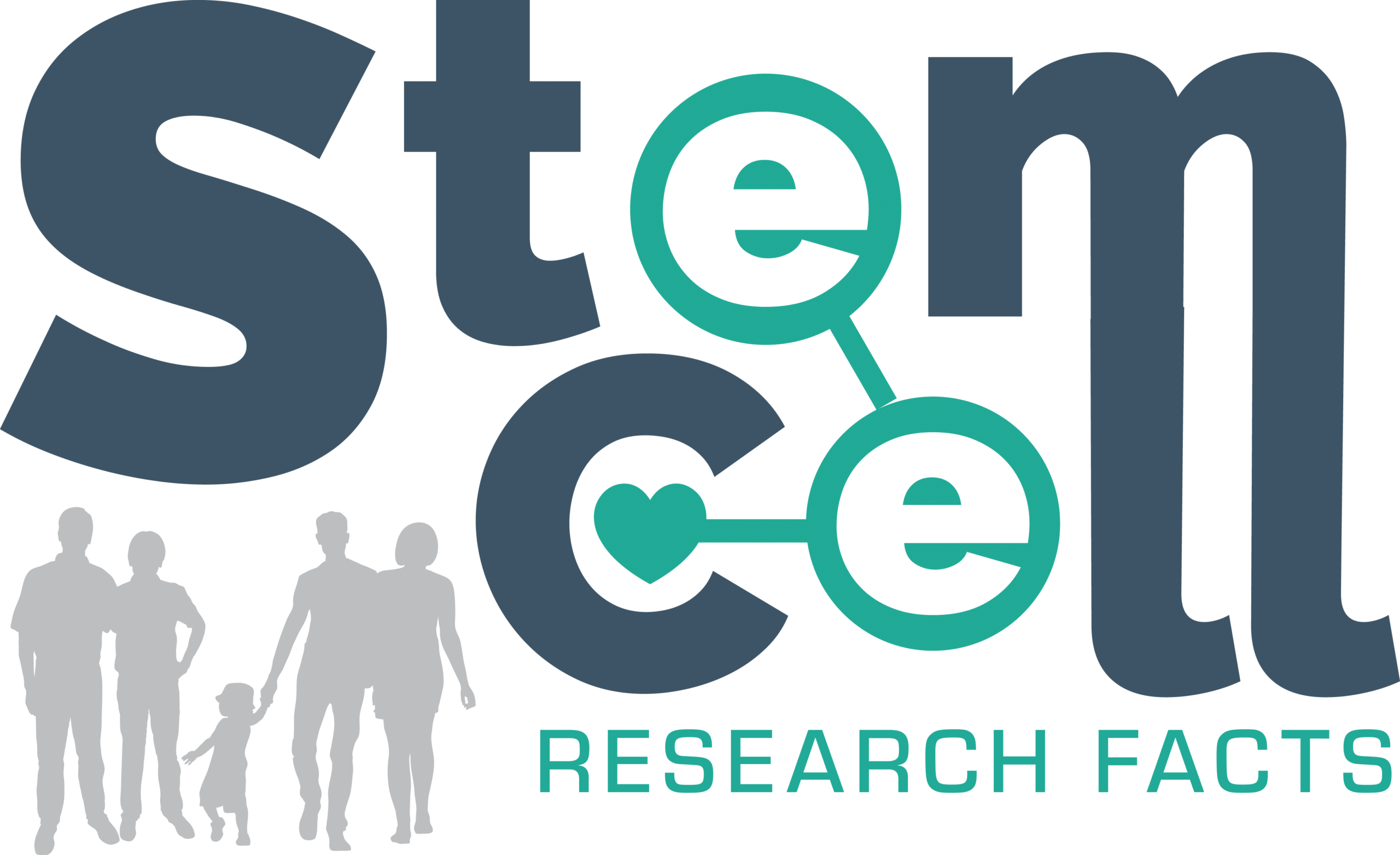
Mystery Solved — Adult Stem Cells To The Rescue
(January 2016) Sometimes, not knowing is the hardest part. Ever since Devon Weaver entered the world as an infant, something just wasn’t right. His Mom and Dad knew it, and it was a painful mystery.
“All babies lose a little weight after they’re born,” says Devon’s mother, Sunshine, “but Devon dropped six pounds within the first two weeks of his life and never got bigger. He just stayed little, and this went on for several years. When he was four years old, his bone density was that of a two-year-old. Some doctors just dismissed our concerns and the others couldn’t figure it out. It was frustrating.”
As other children walked and talked and learned to do things like ride a bike, Devon struggled to sit up, eat without a feeding tube and do the other things we expect of children.
Finally, at the age of eight, a diagnosis emerged—Juvenile Myelomonocytic Leukemia—also known as JMML. News of the diagnosis brought a mixed bag. While it was a relief to know why Devon suffered, it is a cold, hard fact that the long-term survival rate of children with JMML is only 5-10%.
“Devon had a high risk leukemia,” recalls Dr. Emmanuel Katsanis, one of Devon’s doctors and the Director of the Blood and Marrow Transplant Program of the University of Arizona. “It was a leukemia that would have been very difficult to get in remission with (just) chemotherapy. Until recently, these were patients with very little chance for survival.”
DEVON’S CHANCE FOR LIFE — ADULT STEM CELLS
With the long-awaited diagnosis now confirmed, Devon and his parents turned their attention to the one chance they were told would give Devon a new lease on life—an adult stem cell transplant. Typically, adult stem cells can come from either “banked” umbilical cord blood saved at birth, or from bone marrow of family members who are most likely to have the right blood type match. But because of a genetic anomaly, family members were disqualified as donors and the Weaver family would have to rely on a worldwide network of blood and marrow donors.
Incredibly, an electronic search revealed a 30-year-old man from Germany who’d made a blood donation matched Devon’s blood and tissue type, a perfect “10 for 10.”
“So here is this guy we’ve never met, who has no idea who we are, and suddenly he’s the answer to our prayers for Devon,” recalls Sunshine. “That’s when it suddenly got very exciting and we prepared Devon for the adult stem cell transplant.”
Once the adult stem cells were harvested from the donor in Germany and shipped to Tucson, Arizona, Devon underwent an aggressive chemotherapy regimen to eliminate his diseased leukemia cells. The healthy adult stem cells were injected through a syringe and then it was hold-your-breath time to see if the new cells would properly “graft” to Devon and his system.
Sunshine knew that there could be complications, such as a condition known as Graft Versus Host Disease (GVHD). In fact, it was hoped there would be at least some GVHD, which would be an indication that the adult stem cell transplant was working and a new immune system was being created.
“Devon had the most severe form of GVHD,” said Dr. Katsanis. “It went on for some time. It’s very hard on a person.” While this was probably the most physically difficult time for Devon, it was a blessing in disguise. “The fact that he had such a severe graft versus host disease for such a long time probably played a role in him being cured.”
Two years after the adult stem cell transplant, Devon continues to make progress. A feeding tube has been removed and he’s eating on his own. He has more energy, his speech is improving and he’s out of his wheelchair more and more, walking and moving around. Devon Weaver is going to have a wonderful life.
“An adult stem cell transplant was the only way Devon was going to survive,” says Sunshine. “The hope for Devon is that he will be able to do anything he wants to do. If he wants to be in the Olympics, be a race car driver, be a super hero—the goal is to get him to have the life he wants, whatever that might be.”
All thanks to Adult Stem Cells!
